
The Differences Between Delta Llin vs. Delta Lw
When purchasing a (under)floor, you often see the terms Δ (delta) Lw and Δ (delta) Llin on the packaging or datasheet. But what exactly is the difference between these two terms?
Delta Llin and Delta Lw are two ways to measure how well a floor and underlay reduce noise. They assess different types of sounds:
- Delta Llin focuses on low-frequency sounds, such as heavy footsteps. This is the most commonly used measurement in the Netherlands, Belgium, and France.
- Delta Lw measures mid-to-high-frequency sounds, such as voices and music. This measurement is more frequently used in countries like Germany and Italy.
The Differences
Type of sound
Measures how well the floor blocks low-frequency sounds Measures how well the floor blocks mid-to-high-frequency sounds
Values
The Delta Lw value is usually higher than the Delta Llin value for the same floor In the Netherlands, apartment floors must (usually) meet a minimum Delta Llin of 10 dB
Testing methods
Both values come from the same measurement following specific standards The test compares the difference between a bare floor and a floor with underlay and finishing
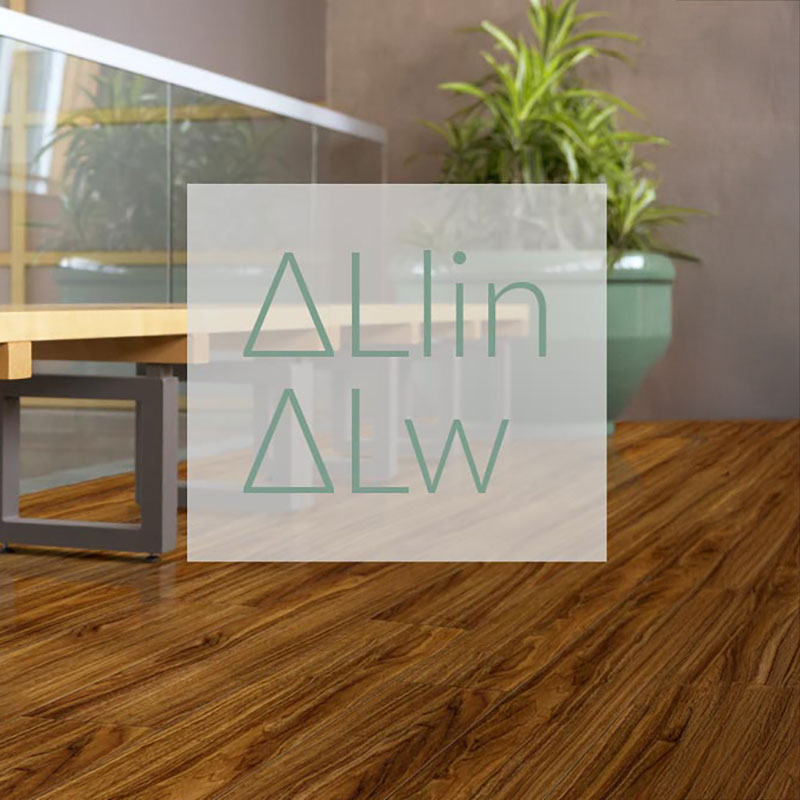
Conclusion
In short, Delta Llin indicates how well a floor reduces low-frequency noises, such as footsteps, while Delta Lw shows how well it blocks higher-frequency sounds, like voices.
How Do We Test Our Underlays for Noise Reduction?
At Estillon, we prioritize ensuring that our underlays meet the 10 dB noise reduction standard. That’s why we regularly have our underlays tested by Peutz, a leading acoustic testing institute. In this video, we show how we collaborate with the institute to conduct these tests.
Discover what ΔLw and ΔLlin mean for your (under)floor and choose the right underlay for optimal living comfort! Read on to learn more.
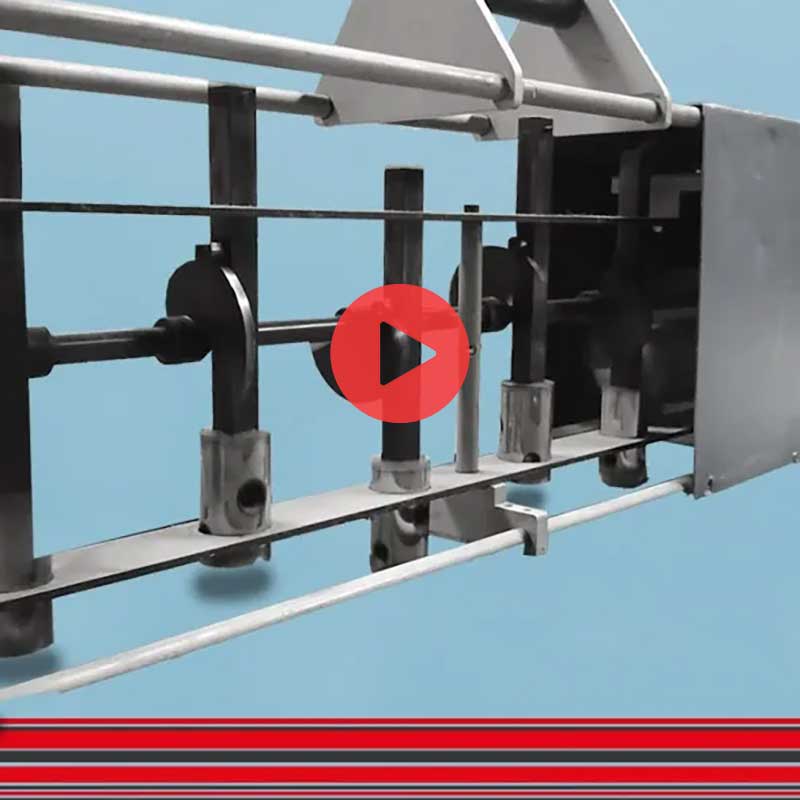
On our news page you will find the latest updates about Estillon, innovative developments in the field of subfloors and installation products, and inspiring projects we are working on. Whether you are a professional, distributor or project manager, we will keep you informed of relevant trends and news from the industry.
News

Meet Estillon at Flanders Flooring Days 2025
Estillon will be present at Flanders Flooring Days 2025, Stand 124 at The Hub – Kortrijk Xpo, from 2 to 5 June. We showcase high-quality underlays, carpet underlays, and accessories, focusing on sustainable solutions, efficient installation, and reliable quality. As a trusted partner for wholesalers, retailers, and project designers, Estillon shares knowledge and offers bespoke solutions. Schedule your appointment via info@estillon.nl and register for the event online.

Best Base: 25 years of sustainable innovation in underlays
Best Base celebrates 25 years of sustainable innovation in carpet underlays. Since 2000, the Wijchen-based brand has been producing premium underlays made from 100% recycled polyurethane foam, easily recognisable by the Green Choice label. With specialisations like IMO-certified Oceanbase Contract for the maritime sector, Best Base blends craftsmanship, advanced manufacturing techniques, and customer-focused solutions. Staying true to both quality and the environment, the brand continues to provide a stable and comfortable foundation beneath every carpet.

How the right underlays brought peace and comfort to our office
In quiet areas, the luxurious and sound-absorbing Black Magic rubber underlay; in open spaces, the fast and insulating Floorfixx Comfort system. Both support peace, energy efficiency and employee wellbeing. The right underlay proves essential for an inspiring work environment.

Bram Dierkes appointed as new Managing Director of Estillon
As of 1 April, Bram Dierkes is the Managing Director of Estillon. He succeeds Richard Bosveld and brings fresh energy, experience, and ambition for a forward-looking course.

Estillon celebrates 60 years of craftsmanship and innovation
Estillon turned 60, and we celebrated in style! Two days filled with pride, inspiration, good company, and a heartfelt farewell to Richard. Reflecting on the past and looking ahead – here's to the future!
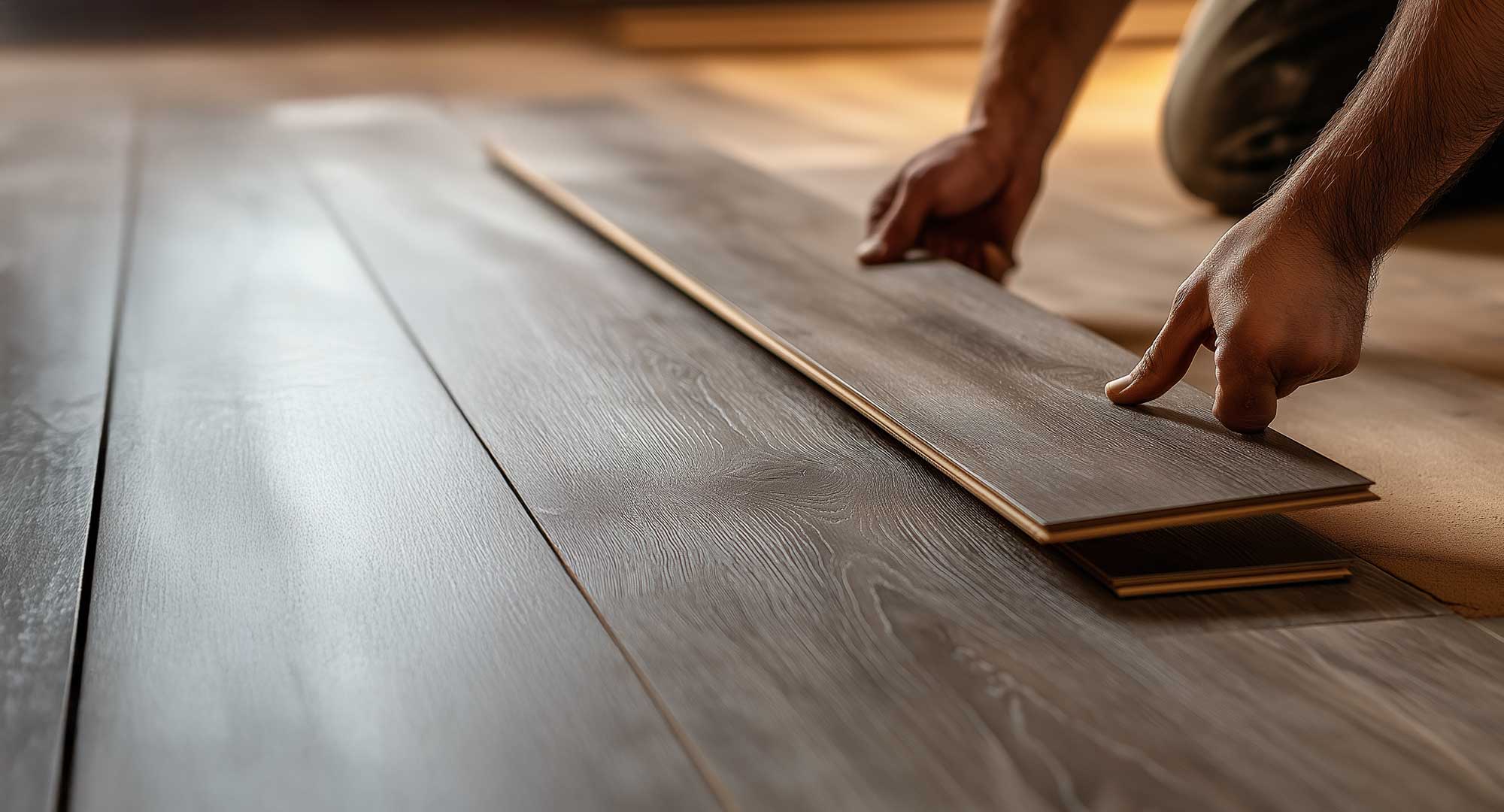
Fact or fiction? three common misunderstandings about underlays.
A good floor starts with the basics: the underlay. Yet there are persistent misunderstandings about the role and necessity of underlays. This can lead to wrong choices, with consequences for the lifespan, living comfort and even the warranty on the upper floor. Time to separate the facts from fiction!

Working together for a greener future
Sustainability is not a trend, but a responsibility. At Estillon we commit ourselves every day to a better world by investing in people, planet, profit.
Do you want to discover how we designed our sustainable approach in 2024? Then read our CSR report.
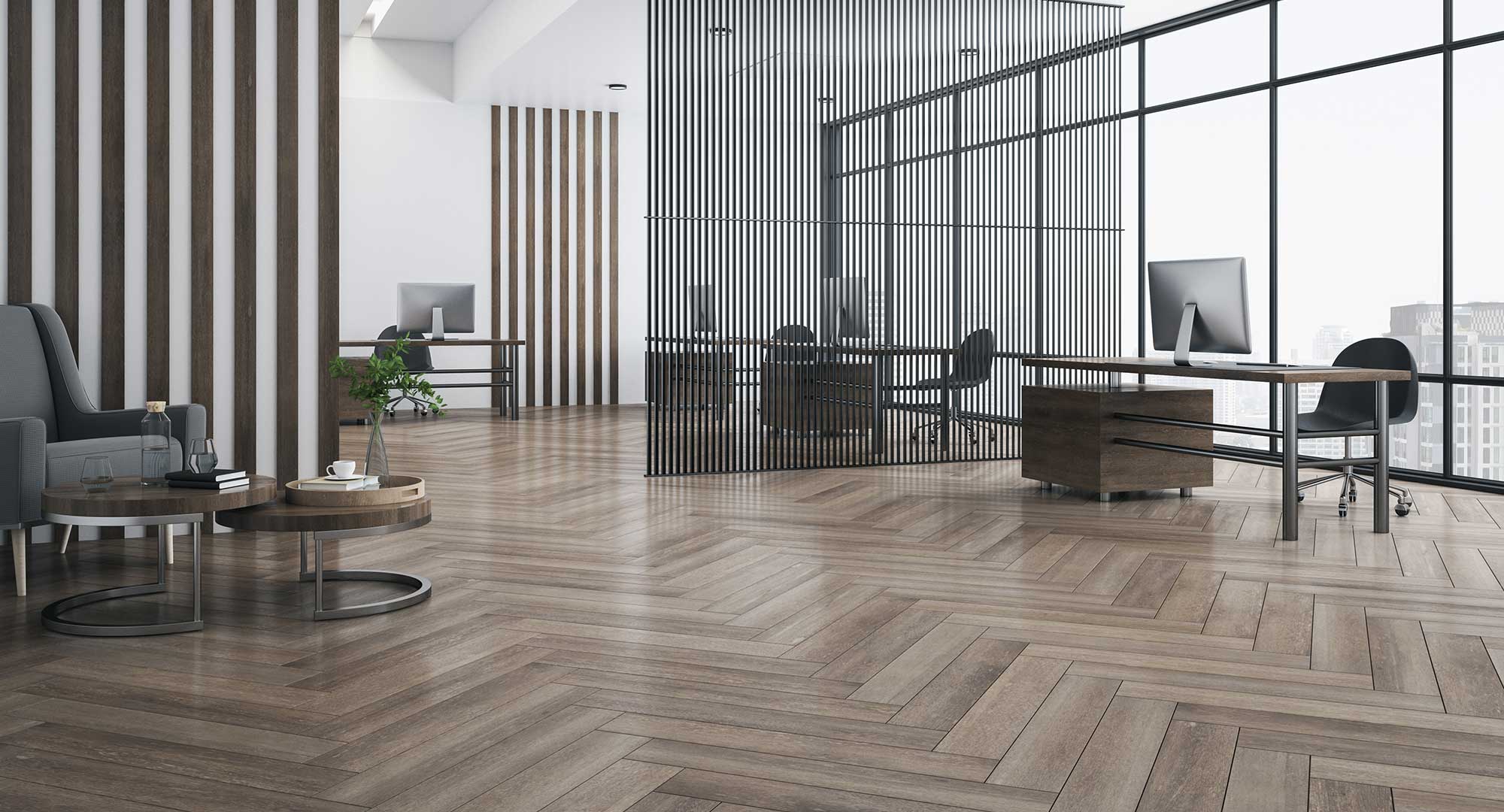
Solidbase Underlays: the solid basis for your floor
A good underlay is the basis for a comfortable, durable and quiet floor. Solidbase underlays combine stability, durability and sound insulation for LVT, laminate and parquet floors.

The Differences Between Delta Llin vs. Delta Lw
What Do ΔLw and ΔLlin Mean for Your Underlay? Discover the difference between these sound measurements and choose the right underlay for optimal living comfort! Read on to learn more.
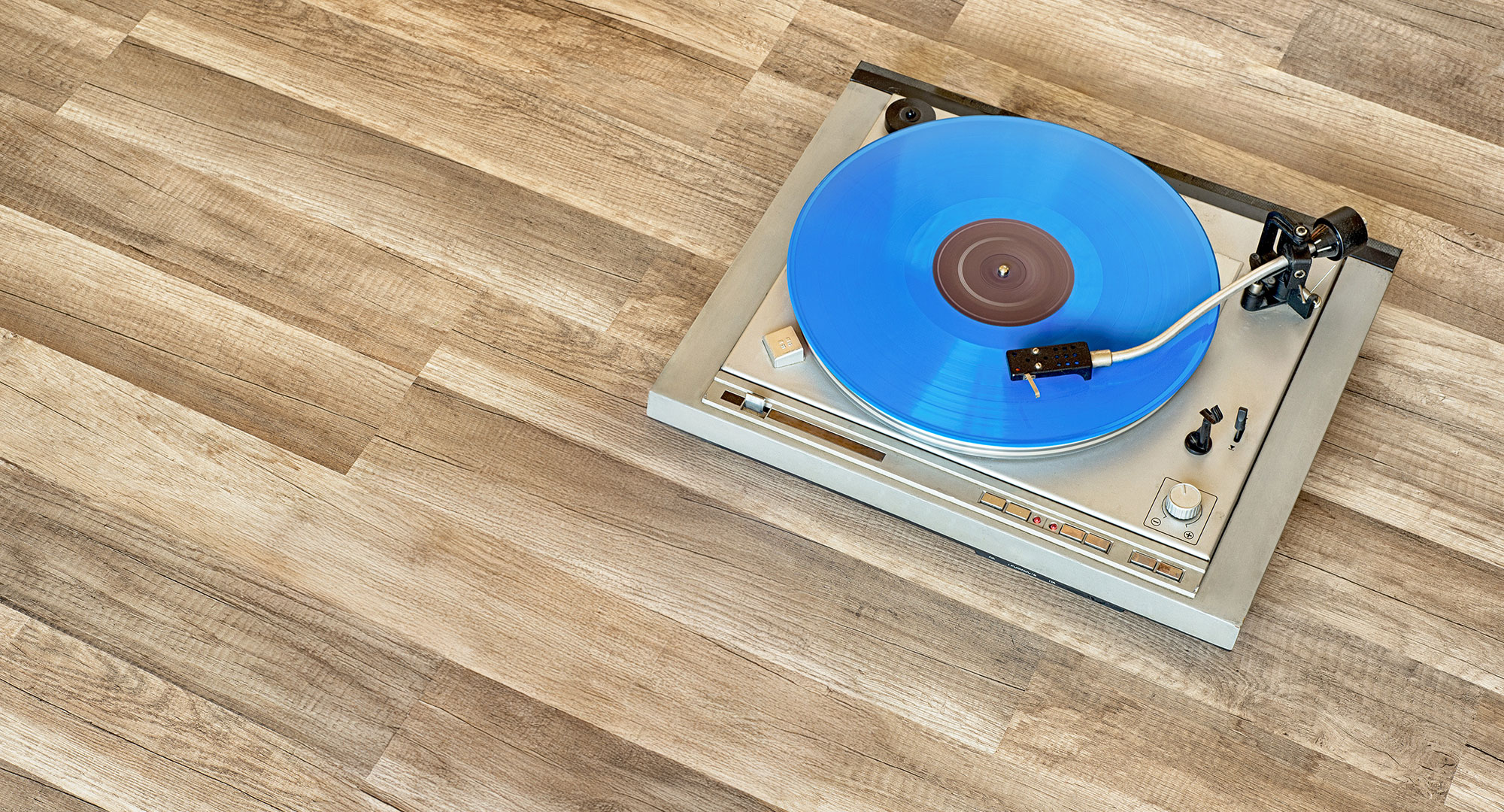
The 10 dB Standard for Underlays: What Does It Mean?
In the Netherlands, the 10 dB requirement for underlays is often applied to reduce impact noise. But why is this standard important, and how can you identify a suitable underlay? We’ll explain.
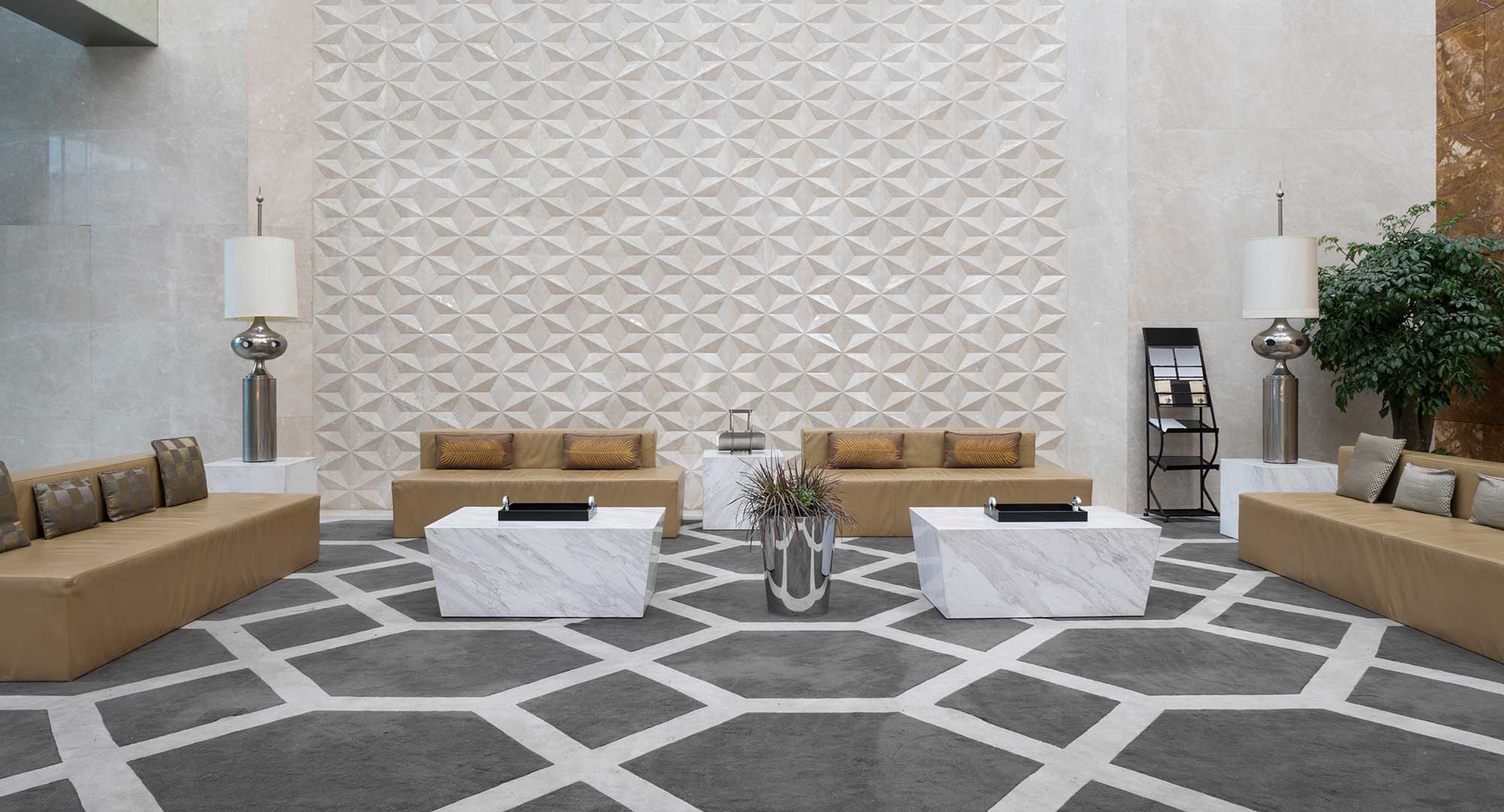
Top 5 Heat-Insulating Underlays
The demand for energy-saving solutions has surged. Did you know that heat-insulating underlays exist? Find out which ones are the best in our Top 5 Heat-Insulating Underlays.

How to Choose the Best Anti-Slip Underlay
With Luxerton anti-slip underlay, your rug stays securely in place. Durable and 100% recyclable, available in four variants. Discover which type suits your floor best!
Search
No results found.